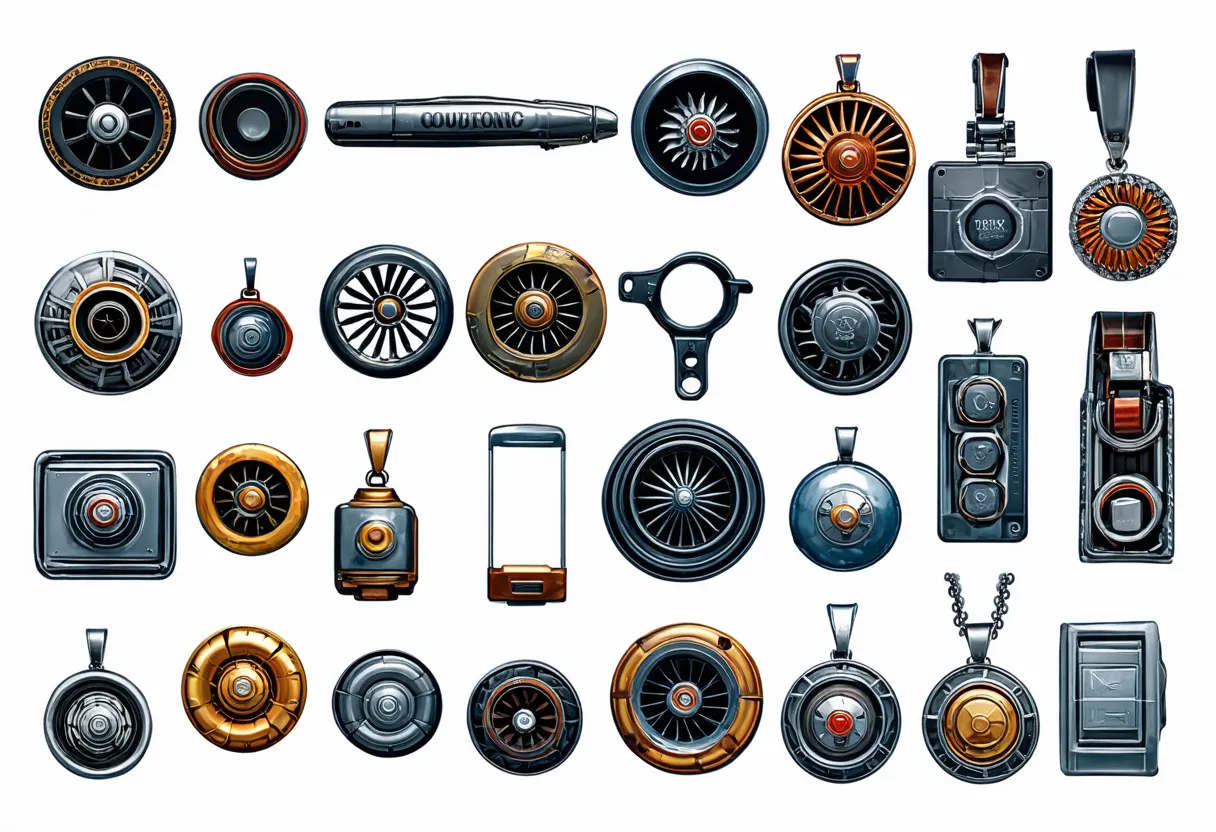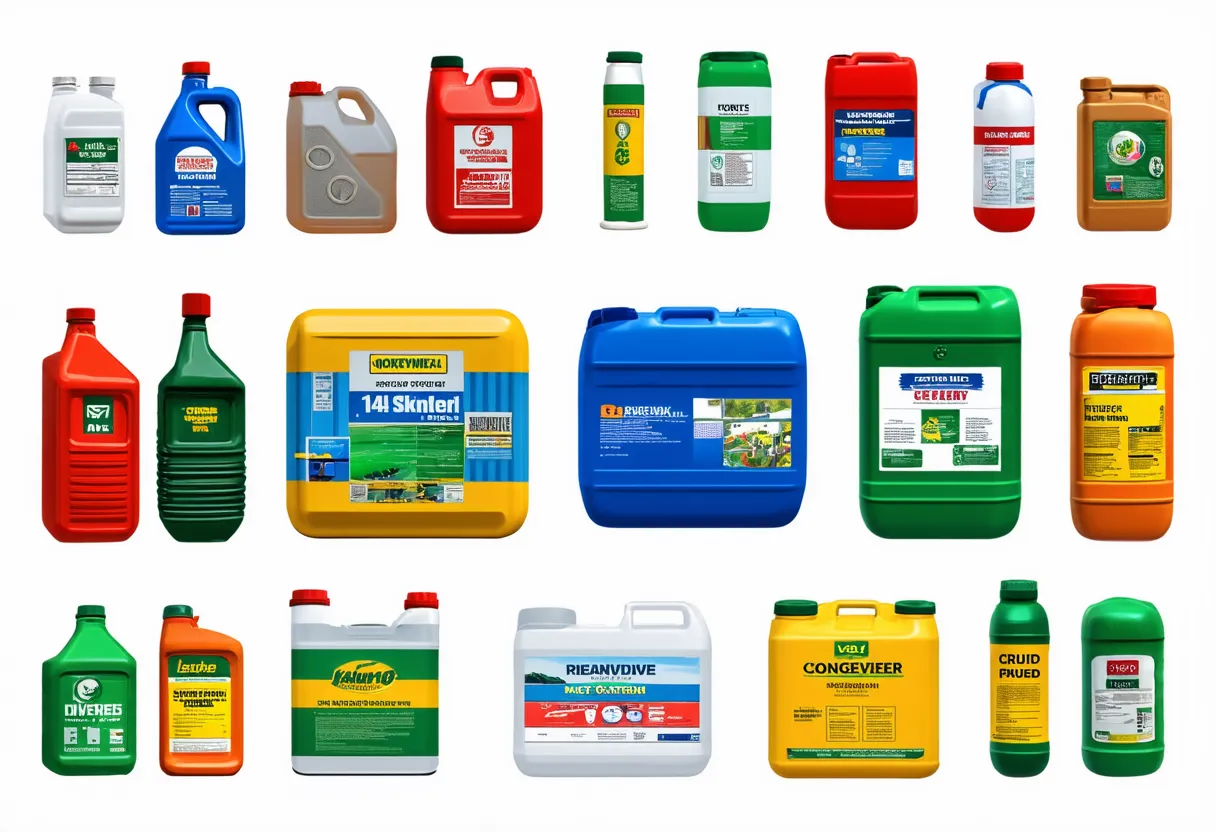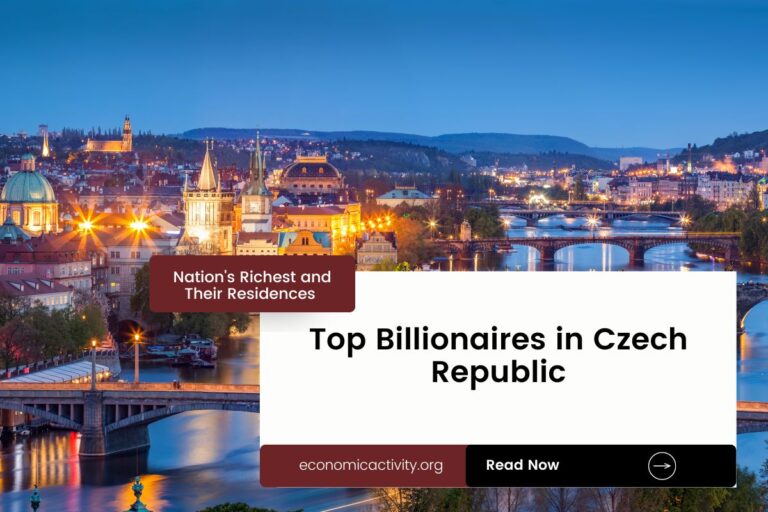Qatar, with a population of 2,695,122, is ranked 135th globally, just behind The Gambia. Located in Western Asia, it covers 11,490 sq. km, ranking 150th, with Vanuatu following closely.
Qatar’s economic position in 2022 is strong, with a GDP of $236,258,302,839.65, ranking 51st globally. It follows Peru, whose GDP stands at $242,631,573,320.79. Qatar’s GDP per capita is $87,661.45, placing it 8th worldwide. It is behind Switzerland, with a GDP per capita of $93,259.90.
Qatar’s economy is driven by its oil and gas industry, with significant investments in infrastructure and diversification efforts to reduce reliance on hydrocarbons. The country’s strategic location, stable political environment, and focus on innovation contribute to its economic stability and growth prospects.
What are the economic activities of Qatar?
- Primary activities: 0.2% of GDP.
- Secondary activities: 50.3% of GDP.
- Tertiary activities: 49.5% of GDP.

Primary Sector of Qatar
The primary sector in Qatar, particularly agriculture, thrives despite challenges like arid climate and limited natural resources. With 6.44% of the land dedicated to agriculture, the country produces a variety of crops and animal products. Key agricultural products include tomatoes, dates, chicken, cucumbers/gherkins, camel milk, eggs, sheep milk, goat milk, and pumpkins/squash.
While agriculture contributes only 0.2% to the GDP, its diverse range of products plays a crucial role in the country’s self-sufficiency and food security. The sector’s significance lies in the variety and quality of produce, showcasing Qatar’s ability to sustain agricultural activities despite its challenging environment.
With a diverse geological landscape, the primary sector thrives on abundant natural resources like petroleum, fish, and natural gas. These resources play a vital role in driving the economy, contributing significantly to the country’s growth and development.
Qatar’s oil production of approximately 1.3 million barrels per day secures its position as the 9th largest oil producer globally. With vast reserves of 25.2 billion barrels, accounting for 1.52% of the world’s total, the country’s oil economic activity remains a cornerstone of its economic prosperity.
Qatar’s gas production, ranking 5th globally, fuels economic growth and development, with 177,000 million m³ produced in 2020.
Secondary Sector of Qatar
What is the secondary sector or what are secondary activities?
The secondary sector involves industries that transform raw materials from primary activities into finished products for consumption. In Qatar, the main industrial products include liquefied natural gas, crude oil production and refining, ammonia, fertilizer, petrochemicals, steel reinforcing bars, cement, and commercial ship repair.
Manufactures in Qatar’s total exports only account for 7.22% in 2023, indicating their relatively low significance in the country’s export economy.
Tertiary sector of Qatar
What is the tertiary sector or what are tertiary activities?
The tertiary sector in Qatar encompasses services where individuals provide knowledge and time to enhance productivity and meet needs. This sector involves intangible goods such as advice, attention, and expertise, catering to both consumers and businesses. In Qatar, the main tertiary activities include healthcare and medical care, education and training, banking and finance, communication and information exchange, tourism and hospitality, transportation and logistics, and telecommunications.
Specifically, Qatar’s economy heavily relies on tourism, contributing significantly to its GDP. With an impressive 2,136,500 annual arrivals, accounting for 0.7927 of its population, the country’s top tourist destinations, such as the Museum of Islamic Art and Souq Waqif, attract visitors worldwide, driving economic growth and cultural exchange.
Another example of tertiary economic activity is the mobile cellular sector, which boasts approximately 4.7 million subscriptions, equating to 174 per 100 inhabitants. This extensive network fosters technological growth, enhancing connectivity and innovation.
Military Activities and Economic Sectors of Qatar
The military is a clear example of how different economic activities work together. In Qatar, the primary sector helps by providing resources for military use. The secondary sector focuses on making military equipment. The tertiary sector includes services like training and logistics. The quaternary sector is important for military research and development. Lastly, the quinary sector involves high-level decision-making and strategy.
In 2023, Qatar’s military expenditure was $15,000.41 million, which is 6.96% of its GDP. The active military force consists of 21,612 personnel, giving a ratio of 9.1 active military members per 1,000 people in the country.
International Trade of Qatar
Import Activities of Qatar

Qatar’s import activities are of high importance, with total imports in 2023 amounting to $7.45 billion, contributing to 31.54% of its GDP.
Qatar’s import activities are diverse, with major partners like the UAE, China, US, UK, and India. Key imports include gas turbines, jewelry, cars, garments, and aircraft, reflecting a mix of industrial, luxury, and transportation goods.
Exports Activities of Qatar

Qatar’s total exports in 2023 amounted to $161.69 billion, with exports contributing to 68.44% of its GDP. Export activities play a crucial role, with high importance, driving the country’s economic growth and stability.
Qatar’s export activities are primarily focused on natural gas, crude petroleum, refined petroleum, fertilizers, and ethylene polymers. The country’s top export partners include China, India, Japan, South Korea, and the UK, with China being the largest at 18%.
Qatar economy challenges in 2024
Qatar faces challenges in 2024 despite its high-income status and economic strategies. The country aims to diversify its oil-based economy, improve infrastructure, and boost employment. However, it grapples with the need to balance growth with preserving its Islamic finance leadership and managing a growing labor force through citizenship-based policies.


Leave a Reply